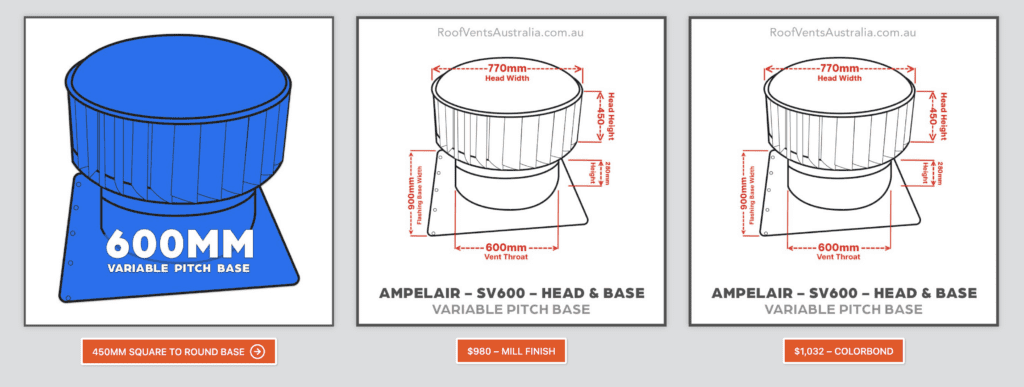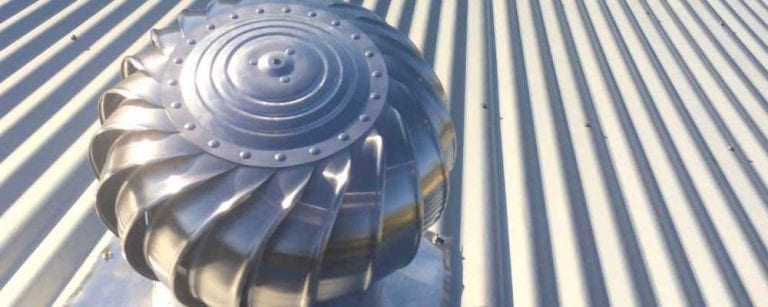Who Makes Whirlybirds and What Are They Used For?


Rain Heads Custom Made Shipped Free Australia Wide – Click Here >
Dambuster Rain Heads Shipped Free Australia Wide – Click Here >
Commercial Industrial Roof Vents 300mm-950mm – Click Here >
Eco-Friendly Roofing Insulation Shipped Free – Click Here >
Gutter Sumps Shipped Free Australia Wide – Click Here >
Introduction
Whirlybirds, also known as turbine vents, roof ventilators, or rotary vents, are a type of mechanical ventilation system designed primarily for buildings. They serve to draw out stagnant, warm air and moisture from the interior of buildings, thereby reducing heat and improving air quality. Whirlybirds are typically made from aluminum or stainless steel and are often found rotating atop residential, commercial, and industrial structures. Although seemingly simple in design, they play an important role in maintaining the health and safety of indoor environments.
Who Makes Whirlybirds?
The production of whirlybirds is a specialized industry, with several companies around the world engaged in its manufacture. Below are some of the key players:
Edmonds Ventilation
An Australian-based company, Edmonds Ventilation is one of the most recognized brands in the whirlybird market. They offer a range of models designed for different building types, from homes to large industrial facilities.
Lomanco Vents
Lomanco Vents, based in the United States, is another leading manufacturer. They have been in business since 1946 and produce a wide array of ventilation products, including whirlybirds.
Air Vent Inc.
Also based in the U.S., Air Vent Inc. provides a comprehensive range of attic and roof ventilation solutions. Their whirlybirds are known for durability and effectiveness.
Local Manufacturers
Several local manufacturers also produce whirlybirds to cater to the specific needs of their region. These companies may provide customized solutions based on the climate and building norms of their area.
What Are Whirlybirds Used For?
Whirlybirds serve multiple functions, which extend across residential, commercial, and industrial applications.
Reducing Heat
During warm or hot weather, the temperature inside attics or roofs can soar, resulting in a hot and uncomfortable living space. Whirlybirds help reduce this heat by drawing out warm air, thereby allowing cooler air to replace it.
Improving Air Quality
Inadequate ventilation can lead to the buildup of moisture, which can in turn lead to mold, mildew, and other forms of fungal growth. Whirlybirds aid in removing this excess moisture, thereby improving air quality.
Energy Efficiency
By maintaining a cooler temperature inside the building, whirlybirds can reduce the need for air conditioning, leading to energy savings. However, their effectiveness in this regard can vary depending on several factors, such as the size of the building and the local climate.
Industrial Applications
In industrial settings, whirlybirds are used to remove fumes, smoke, and other pollutants. This is crucial for maintaining a safe and healthy work environment.
Pros and Cons
Pros
- Easy to install
- Low maintenance
- Cost-effective compared to electric-powered ventilation systems
- Environmentally friendly
Cons
- Less effective than electric-powered systems in extreme conditions
- May require additional ventilation solutions for optimum performance
Conclusion
Whirlybirds are an essential component of modern building architecture, offering a simple yet effective means of ventilation. They are produced by various manufacturers worldwide, each offering a range of products to meet different needs. While not a one-size-fits-all solution, whirlybirds perform a critical role in improving air quality and reducing heat, thereby contributing to a healthier and more comfortable indoor environment.

